Lighting Load Calculation per Square Foot: Download Excel Sheet
Designing an efficient lighting system is one of the most critical…
Uncover the fundamentals of electrical engineering with our comprehensive collection of electrical concepts on Electrical Hub. From circuit basics to advanced principles, explore a wealth of knowledge to enhance your understanding of electricity. Dive into the world of electrical concepts and empower your expertise.
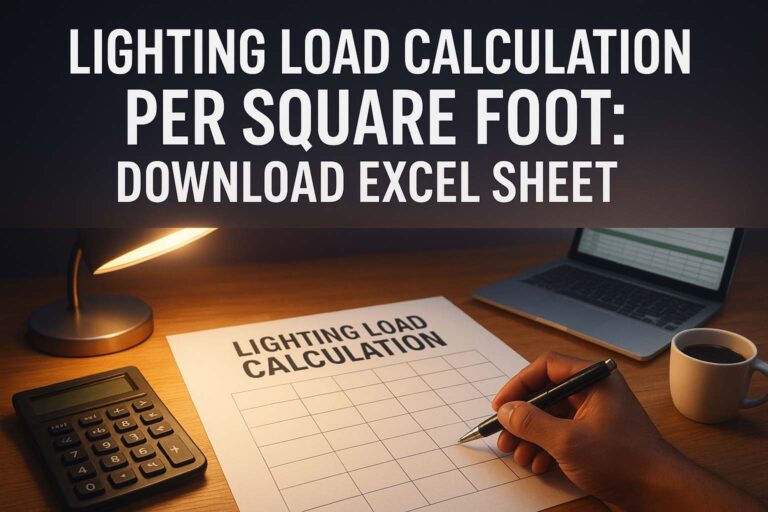
Designing an efficient lighting system is one of the most critical…
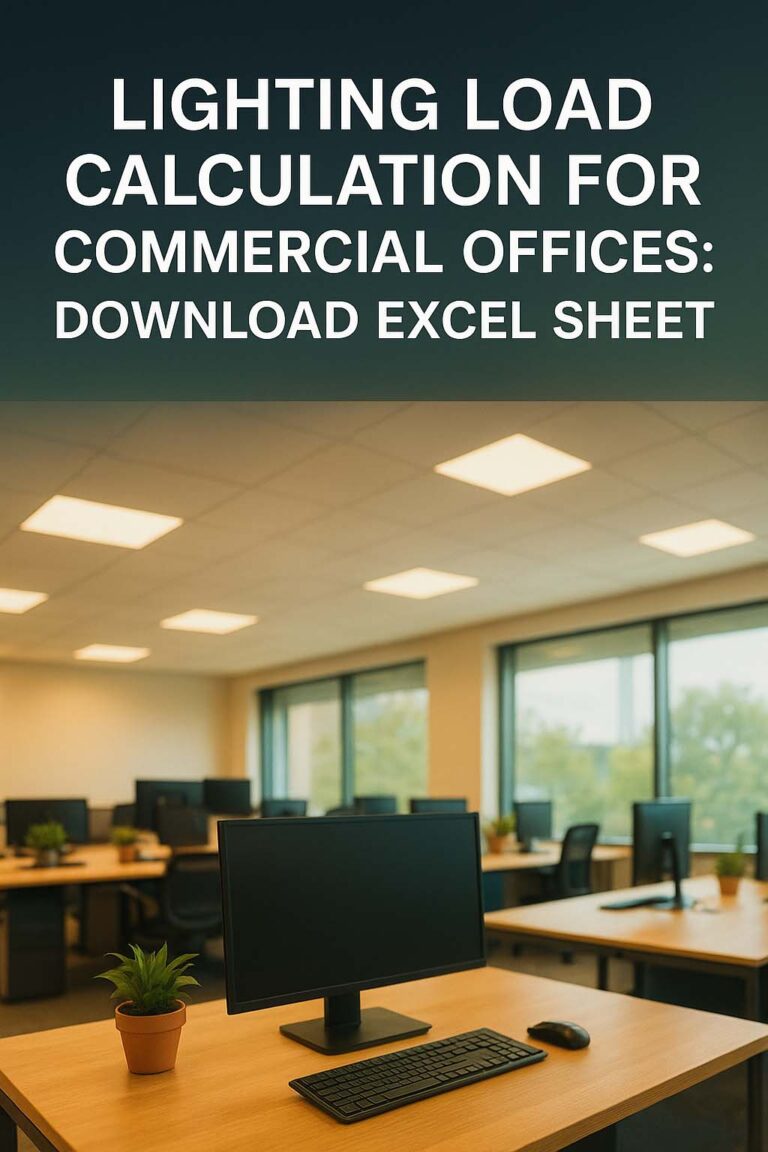
Lighting plays a central role in every commercial office. It not…

Improving the energy efficiency of your house is one of the…
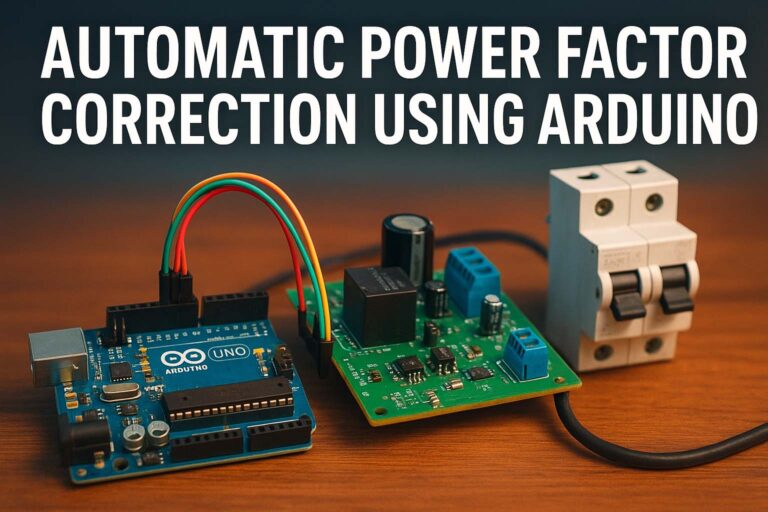
In modern electrical systems, maintaining a good power factor is very…

Automatic power factor correction is one of the most essential techniques…
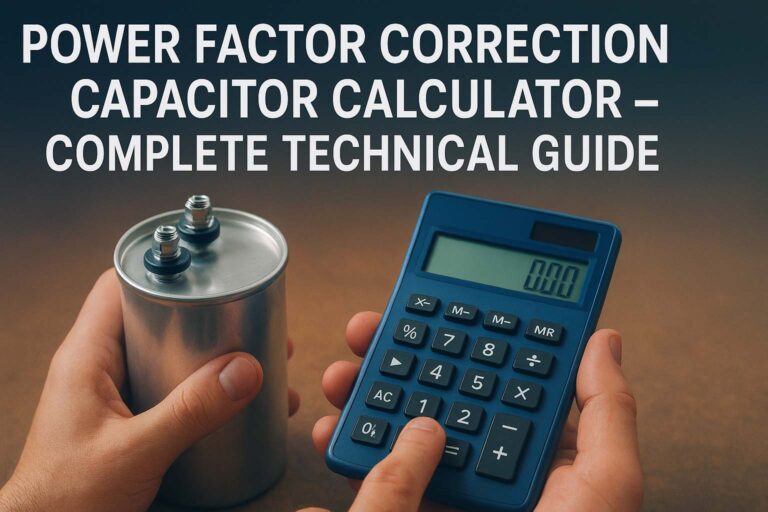
Power factor is one of the most important aspects in electrical…
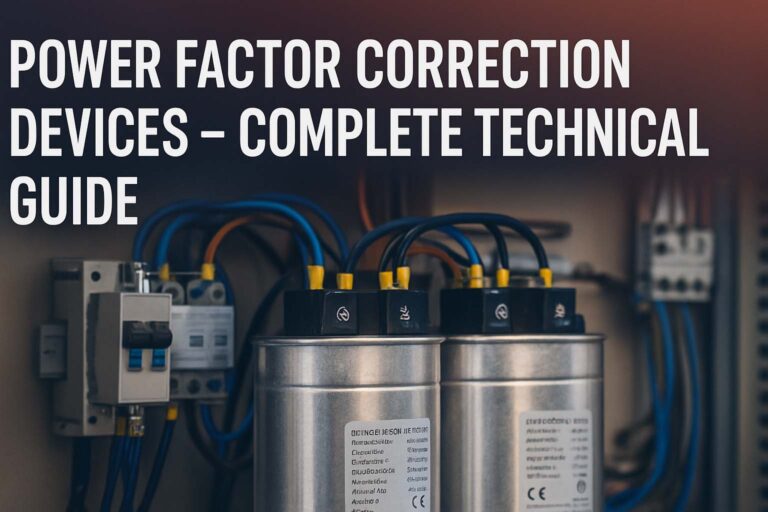
Power is the backbone of every modern industry, business, and household….

Power factor is one of the most important concepts in electrical…

Artificial Intelligence (AI) is revolutionizing every industry, and the electrical power…
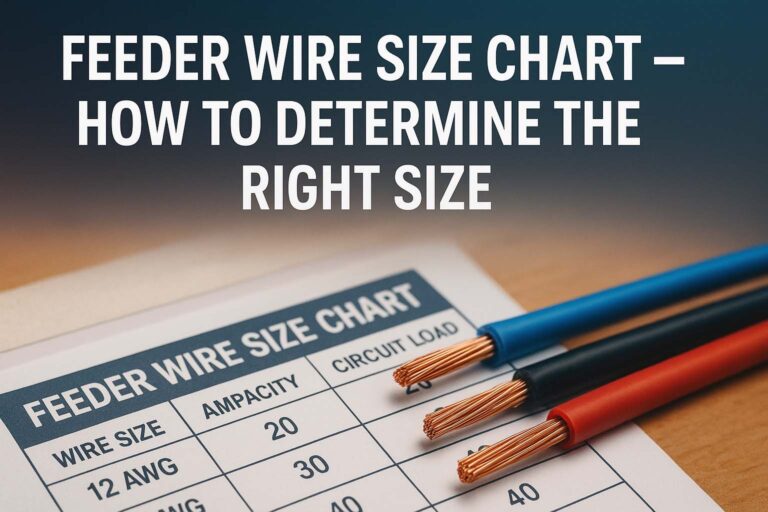
Choosing the correct feeder wire size is essential for safety, efficiency,…

Leakage current is an important concept in electrical and electronic engineering….

Electrical hazards are a serious concern in industrial environments. Factories, with…

Designing an efficient off-grid solar system is not just about choosing…
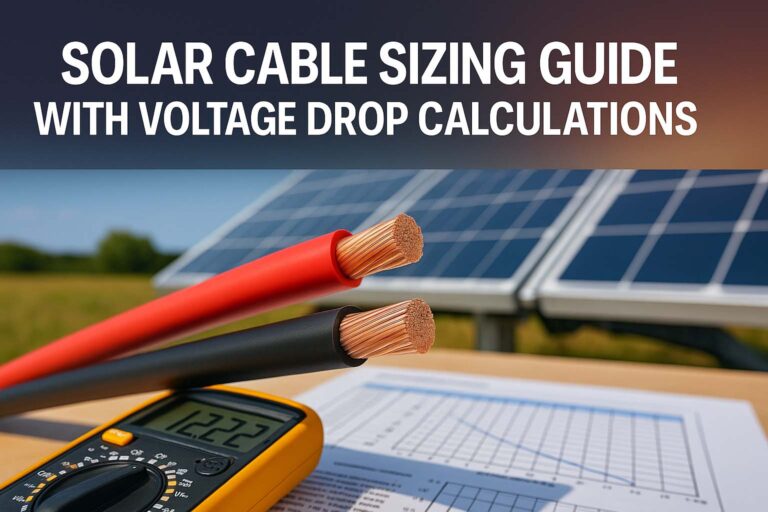
When designing a solar power system, one of the most overlooked…
| Cookie | Duration | Description |
|---|---|---|
| cookielawinfo-checkbox-analytics | 11 months | This cookie is set by GDPR Cookie Consent plugin. The cookie is used to store the user consent for the cookies in the category "Analytics". |
| cookielawinfo-checkbox-functional | 11 months | The cookie is set by GDPR cookie consent to record the user consent for the cookies in the category "Functional". |
| cookielawinfo-checkbox-necessary | 11 months | This cookie is set by GDPR Cookie Consent plugin. The cookies is used to store the user consent for the cookies in the category "Necessary". |
| cookielawinfo-checkbox-others | 11 months | This cookie is set by GDPR Cookie Consent plugin. The cookie is used to store the user consent for the cookies in the category "Other. |
| cookielawinfo-checkbox-performance | 11 months | This cookie is set by GDPR Cookie Consent plugin. The cookie is used to store the user consent for the cookies in the category "Performance". |
| viewed_cookie_policy | 11 months | The cookie is set by the GDPR Cookie Consent plugin and is used to store whether or not user has consented to the use of cookies. It does not store any personal data. |